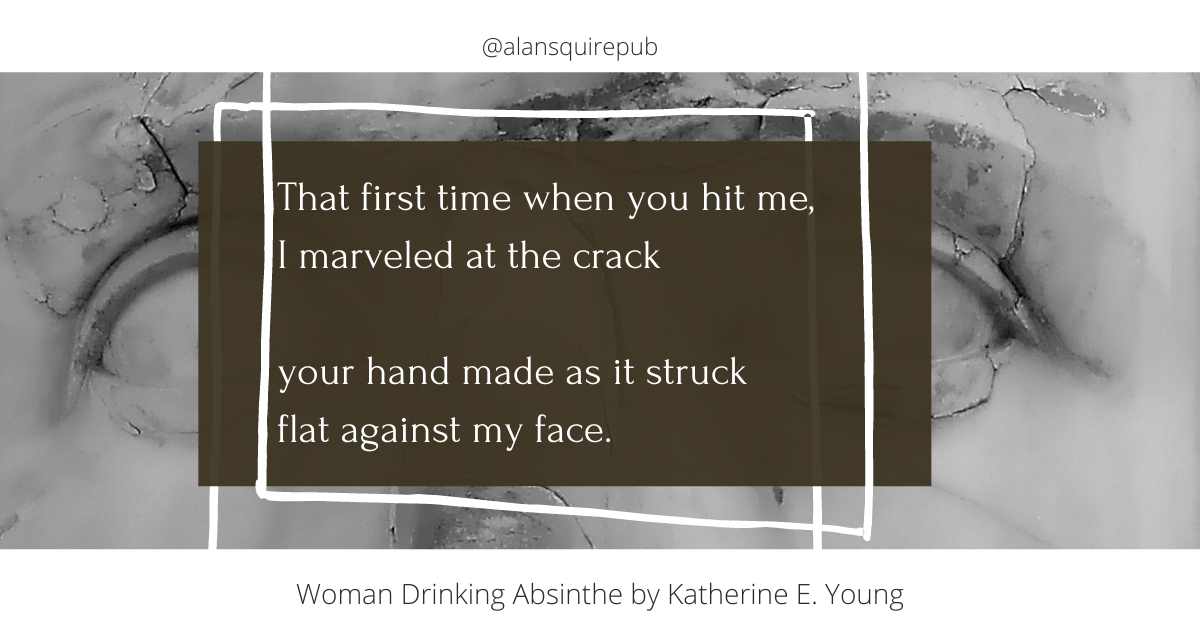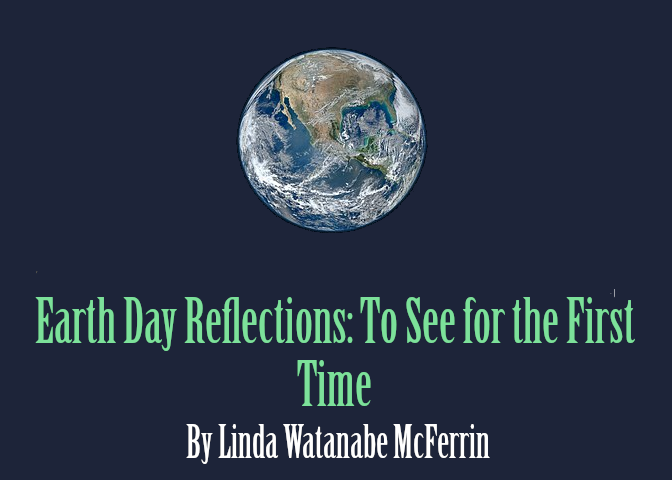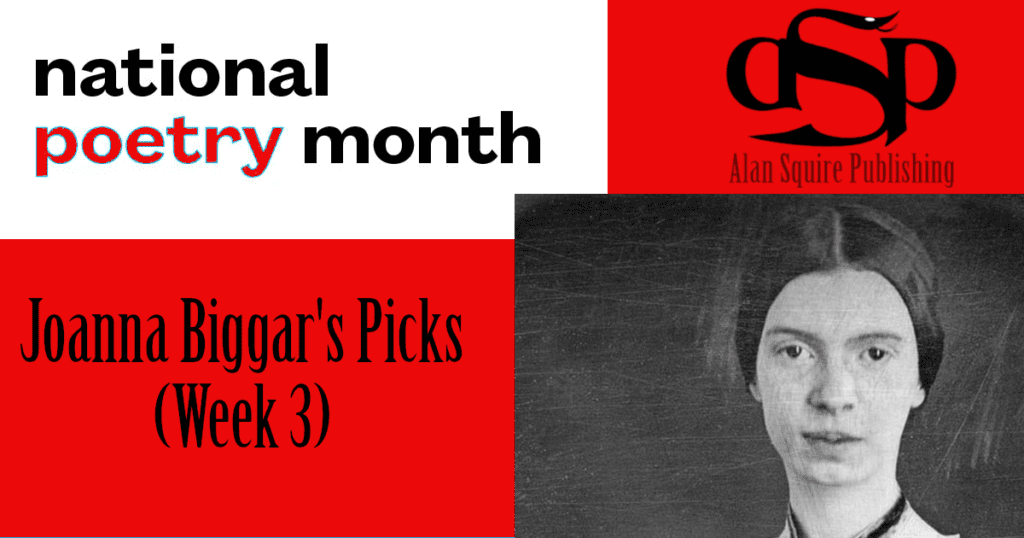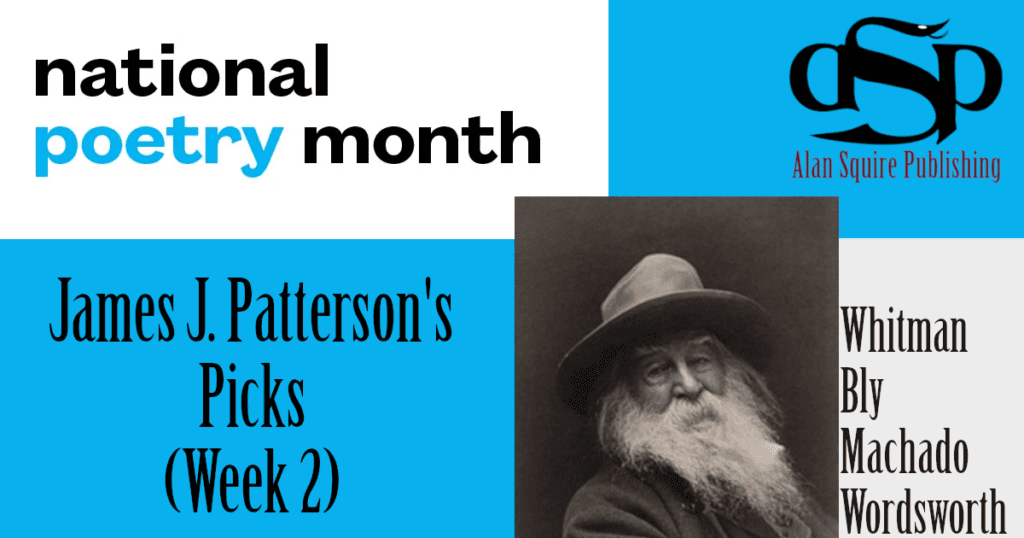WOMAN DRINKING ABSINTHE Analyzed by Billy Mills
Former Guardian Literary Journalist, Billy Mills, analyzes the conception of love in Katherine E. Young's new collection.

"Young’s core subject is love, but there’s nothing redemptive or particularly healing about its manifestations," writes Billy Mills in his analysis of Young's Woman Drinking Absinthe. Elsewhere he compares the different manifestations of this theme to coeval poets Christopher Jane Corkery and James Roome.
Mills analysis is fitting for Young's work which comes from a deeply literary place and is steeped in evocative allusion. Mills places WDA alongside the likes of Pound and Eliot in his thinking. Like these poets, Young uses unorthodox and historically informed forms and diction in her poetry.
An excerpt of Mills' analysis follows:
"The fourth (of five) sections of Katherine E. Young’s Woman Drinking Absinthe is a single sequence, ‘Place of Peace’ that takes off from a visit to the Civil War memorial at Shiloh National Military Park. The fourth section of the sequence opens with he line ‘Who doesn’t desire to be mesmerized by love?’ and ends ‘once more I fear the shadow of his hand.’ These lines could be said to serve as the twin poles of the entire collection.
For Young’s core subject is love, but there’s nothing redemptive or particularly healing about its manifestations."
The poems in Katherine E. Young’s Woman Drinking Absinthe concern themselves with transgressions. Lust, betrayal, guilt, redemption: Young employs fairy tales, opera, Impressionism, Japonisme, Euclidean geometry, Greek tragedy, wine, figs, and a little black magic to weave a tapestry that’s as old as the hills and as fresh as today’s headlines.
Earth Day Reflections: To See for the First Time
“Our communications are profuse and immediate, as is our consciousness of the interrelationship of all that exists. We’ve seen what we often leave in our wake—homeless populations, spoiled wilderness. We can see the way the decisions and investments that we make, here, everyday, can effect just how much milk a baby in Uganda gets. Our world is a teeming, mysterious, multi-cultural mousetrap of a place where everything seems to hinge on something else. We share a new concept of this planet as a finite space, dense, and more difficult than ever to navigate. We live in an environment fraught with hazard, and it is important to have good guides, guides with insight—those who tread softly.”
Joanna Biggar’s Picks for NPM (Week 3)
Week three of National Poetry Month is here and we are still celebrating! So as the champagne continues relentlessly foaming for party-goers catching their tipsy mid-air, we asked author, Joanna Biggar, to select three poems she thinks are worthy of applause between wassails.
James J. Patterson’s Picks for NPM (week 2)
In honor of National Poetry Month, We asked author and essayist extraordinaire, James J. Patterson, to select three poems he’d like to see celebrated. Along with Walt Whitman’s “On the Beach at Night Alone” (featured above), he chose Wordsworth’s “The World is too much with Us”, And Last but not least, the famed American Poet Robert Bly performing the poem “On Being a Man” by the famed Spanish poet, Antonio Machado.


